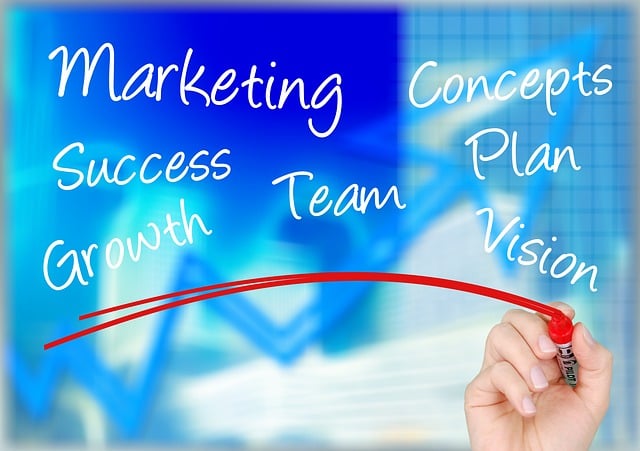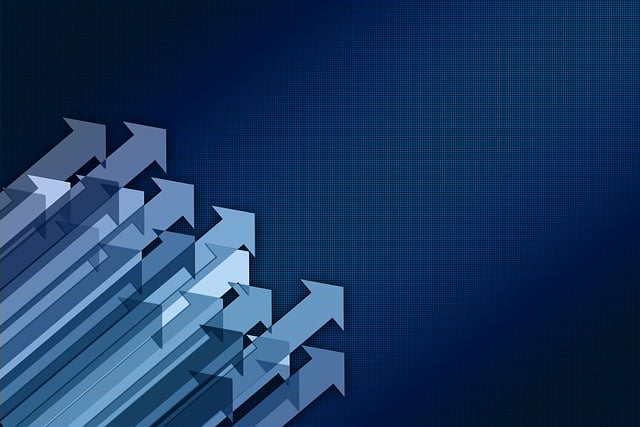AI-driven food photography optimization revolutionizes restaurant and food brand visual content creation by leveraging machine learning algorithms to analyze customer preferences, trend patterns, and aesthetic trends. This technology automates camera setting adjustments, intelligent post-processing, and branding guidelines while preserving food authenticity, resulting in a library of high-quality, optimized images. Implementing AI enhances efficiency and productivity in visual industries, saving time and resources with precise image analysis and adjustments, eliminating manual tweaking needs, and aligning photos with quality standards and visual identity. While challenges include training data requirements and maintaining creative control, the integration of AI into food photography offers significant advantages, transforming content creation processes for improved visual appeal and consistency.
In today’s digital landscape, AI-driven food photography optimization is transforming the way we capture and present culinary delights. This article delves into the revolutionary power of artificial intelligence (AI) in enhancing business intelligent workflow automation for food photography processes. We explore understanding AI-driven optimization techniques, implementing them seamlessly, and discussing the benefits and challenges that come with integrating AI into these specialized workflows. By harnessing AI’s potential, food photographers can elevate their art while streamlining productivity.
- Understanding AI-Driven Food Photography Optimization
- Implementing AI in Your Business Intelligent Workflow Automation
- Benefits and Challenges of AI Integration for Food Photography Processes
Understanding AI-Driven Food Photography Optimization

In the realm of AI business intelligent workflow automation, AI-driven food photography optimization emerges as a game-changer. By leveraging machine learning algorithms, this technology enhances visual content creation for restaurants, catering services, and food brands. It analyzes vast datasets to understand customer preferences, trend patterns, and aesthetic trends, thereby optimizing photo angles, lighting, and styling for maximum impact.
This process starts from image capture to post-processing. AI can automatically adjust camera settings for consistent lighting and composition, saving time and resources. During post-processing, intelligent algorithms remove unwanted elements, enhance colors, and apply branding guidelines—all while maintaining the authenticity of the food. The result is a library of high-quality, optimized images that not only capture the essence of the dish but also resonate with target audiences, thereby revolutionizing how businesses present their culinary creations.
Implementing AI in Your Business Intelligent Workflow Automation

Implementing AI in your business intelligent workflow automation can significantly enhance efficiency and productivity, especially in visual industries like food photography. AI-driven strategies, such as AI-driven food photography optimization, offer precise analysis and adjustments to images, ensuring consistently high-quality visuals. By automating repetitive tasks and leveraging machine learning algorithms, photographers and businesses can save time and resources while maintaining excellence.
This technology enables intelligent features like automatic color correction, enhanced contrast enhancement, and smart cropping, eliminating the need for manual tweaking. Moreover, AI models can learn and adapt to specific branding guidelines or aesthetic preferences, ensuring every photograph aligns with quality standards and visual identity. With these capabilities, businesses can streamline their content creation process, enabling them to deliver optimized visuals faster and more efficiently.
Benefits and Challenges of AI Integration for Food Photography Processes

The integration of AI into food photography processes offers a myriad of benefits, revolutionizing how culinary images are captured and optimized. AI-driven systems can analyze vast datasets of food imagery, identifying trends and aesthetics that humans might overlook. This enables photographers to make data-informed decisions, enhancing visual appeal and consistency across diverse food products and styles. With AI, photo editing becomes more efficient, as it can automate tasks like color correction, lighting adjustments, and background removal, saving time and ensuring high-quality results.
However, challenges emerge when adopting AI in this domain. One significant hurdle is the need for extensive, diverse training data, which requires a considerable investment of time and resources. Additionally, maintaining the creative control and artistic integrity of food photography while relying on AI algorithms can be delicate. Ensuring that the technology complements human expertise rather than replacing it is crucial to avoid homogeneity in visual storytelling. Ethical considerations, such as bias in image datasets and the transparency of AI decision-making processes, must also be addressed to ensure fair and accurate representation in food photography.
AI-driven food photography optimization has the potential to revolutionize business intelligent workflow automation in the culinary industry. By implementing these advanced technologies, businesses can streamline their processes, enhance visual content, and stay ahead of the competition. While there are challenges to consider, such as data privacy and initial investment costs, the benefits—including improved efficiency, cost savings, and enhanced customer engagement—outweigh these obstacles. As AI continues to evolve, embracing its potential in food photography will be a strategic move for businesses aiming to excel in the digital age.
